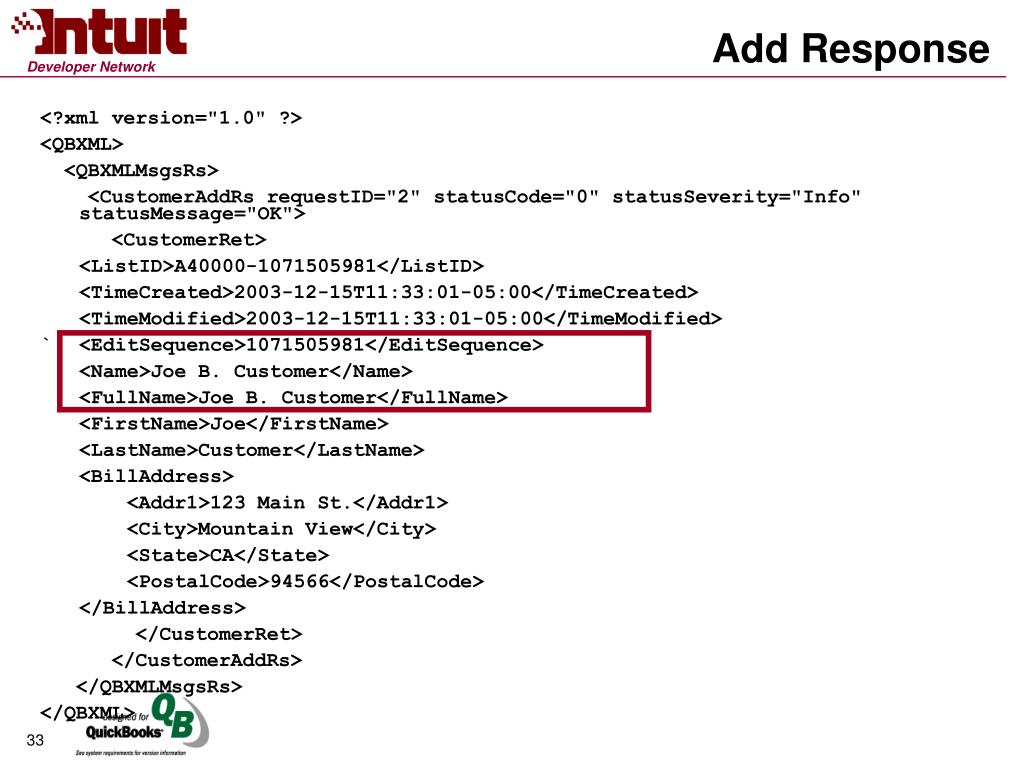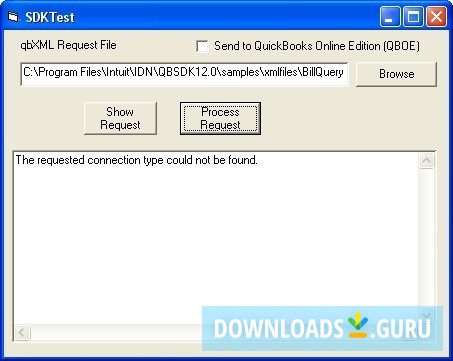

This file shows user activity and errors that have occurred.

Close then relaunch your QuickBooks Desktop.Choose QuickBooks Statement Writer, then select Remove.Select Integrated Applications on the left pane, then go to Company Preferences tab.From the Edit menu, choose Preferences.Solution 6: Refresh QSW's access permission If the file opens, try some basic data damage troubleshooting on your company file. If you are unsure whether the problem is with your QSW file or not, on the same computer, access the QSW file while using a different company file (.QBW).If you cannot open your QSW data file (.QSM) over a network, save the file locally.Solution 5: Change the way you access the. Check this Microsoft article to know which version you have. QuickBooks Statement Writer 2014 and later versions are compatible with Microsoft Excel 2007, 2010 (32-bit). Solution 4: Make sure Excel is compatible Go to the Compatibility tab and make sure no boxes are checked.Right-click the version of QuickBooks and/or Excel you are using from the Programs menu, then select Properties.

Make sure you are not running QuickBooks or Excel as an Administrator.Change user settings (for Windows 7 only):.Change the regional settings in Windows.Important: If a Download/Install update prompt appears every time you open QSW or shows up after updating, select Cancel to open QSW. Solution 2: Download the latest version of QSW Update QuickBooks Desktop to the latest release. Here are steps and recommended solutions that'll help you fix performance issues when using QuickBooks Statement Writer (QSW).


 0 kommentar(er)
0 kommentar(er)
